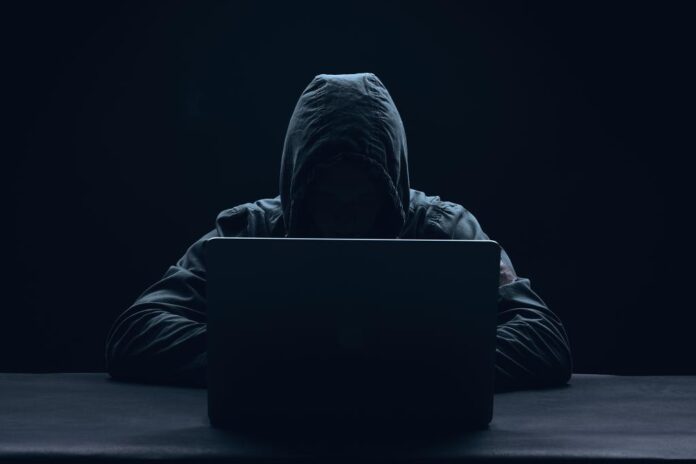Beware, cybercriminals may have access to your personal information — but there are some ways to spot it.
“White hat hacker” Ash Shatrieh, a cyber wiz who works with people to identify their vulnerabilities to cyber attacks, shared his tips for how to see if a hacker could be accessing your accounts — and what to do if you suspect they are.
“In response to any suspicious account activity, you should contact the service provider and reset your password to something strong, ideally random letters, numbers and characters,” Shatrieh, who works as a Threat Intelligence Researcher at F-Secure, told the Daily Mail.
“In some cases, your device (like a PC) might even be compromised by info-stealing malware, in which case it’s important to run an antivirus scan on your computer,” he added.
If you think you’ve been hacked, or you want to check that your data is safe, look out for the following warning signs, according to Shatrieh.
Social media
The social media algorithm is attuned to your interests so if you see content you normally don’t in your feed, it could be a sign someone else has been tinkering with your account.
Be alert to changes in the content you’re seeing on social media. “Sudden shifts, such as an influx of posts in unfamiliar languages or suggestions from accounts you haven’t engaged with, could indicate suspicious activity,” Shatrieh said.
“Social media algorithms are tailored to your preferences, and unexpected changes might signify unauthorized access,” he added.
Small banking transactions
If a hacker can access your online banking account, they may test the waters by making a few small transactions before going after the big kahuna.
Shatrieh offered his two cents.
“Regularly review bank or credit card statements for unauthorized transactions. Hackers might initiate small transactions as a test before attempting larger ones,” he explained.
“Stay vigilant, even with seemingly insignificant amounts and report any suspicious transactions to your bank immediately. If you see attempts to spend on your card, call your bank and cancel the card,” the cyber wiz added.

Messages without notifications
If you see emails or other kinds of messages on your various accounts but aren’t getting your usual notifications, it could mean that those notifications are going somewhere else.
“Be wary if you observe the presence of new, unread emails without receiving corresponding notifications and experience delays in delivery,” he warned.
“This could be an indication that hackers have set up rules which can divert or hide emails from your inbox, suggesting that the hacker may be selectively releasing certain messages while concealing others,” he added.
Shatrieh said to be attuned to the signs your email might be compromised.
“Check your Inbox settings to see if there are rules diverting emails to addresses you don’t know,” he said.
A yellow email banner
If you see yellow — don’t be mellow.
If you’re accessing your Gmail from a desktop computer, you’ll be able to see if anyone has logged into your account from a new location.
If you’re in California and you have a login from Idaho despite never being there, chances are you have a hacker.
“Regularly check activity logs provided by services to monitor login timestamps and IP addresses,” he said.
“For instance, in Gmail, an unfamiliar location might trigger a yellow banner at the bottom. Investigate unusual activity, revoke unknown sessions (you can also request to sign out on all logged-in devices), and secure your account promptly by resetting your login credentials. Remember, compromised devices may lead to a compromised account.”
Suspended account
If your account has been suspended and you don’t know why — a hacker could be the cause.
“Watch for Unexpected Account Terminations, if you receive notifications about account suspensions or terminations, it might indicate malicious activities,” he said.
“Contact the service providers immediately to investigate and resolve the issue.
If you’re suddenly logged out, this can also be a warning sign, he added.
Signs of login attempts you didn’t authorize or a logged-out account could mean someone else is at the helm.
“If you find yourself repeatedly logged out without initiating it, investigate for suspicious login attempts,” he said.
“Check your active sessions, trusted devices and logging-in devices list and if anything looks suspicious then revoke access, change your password and check that multi-factor authentication is set up and working properly.”



